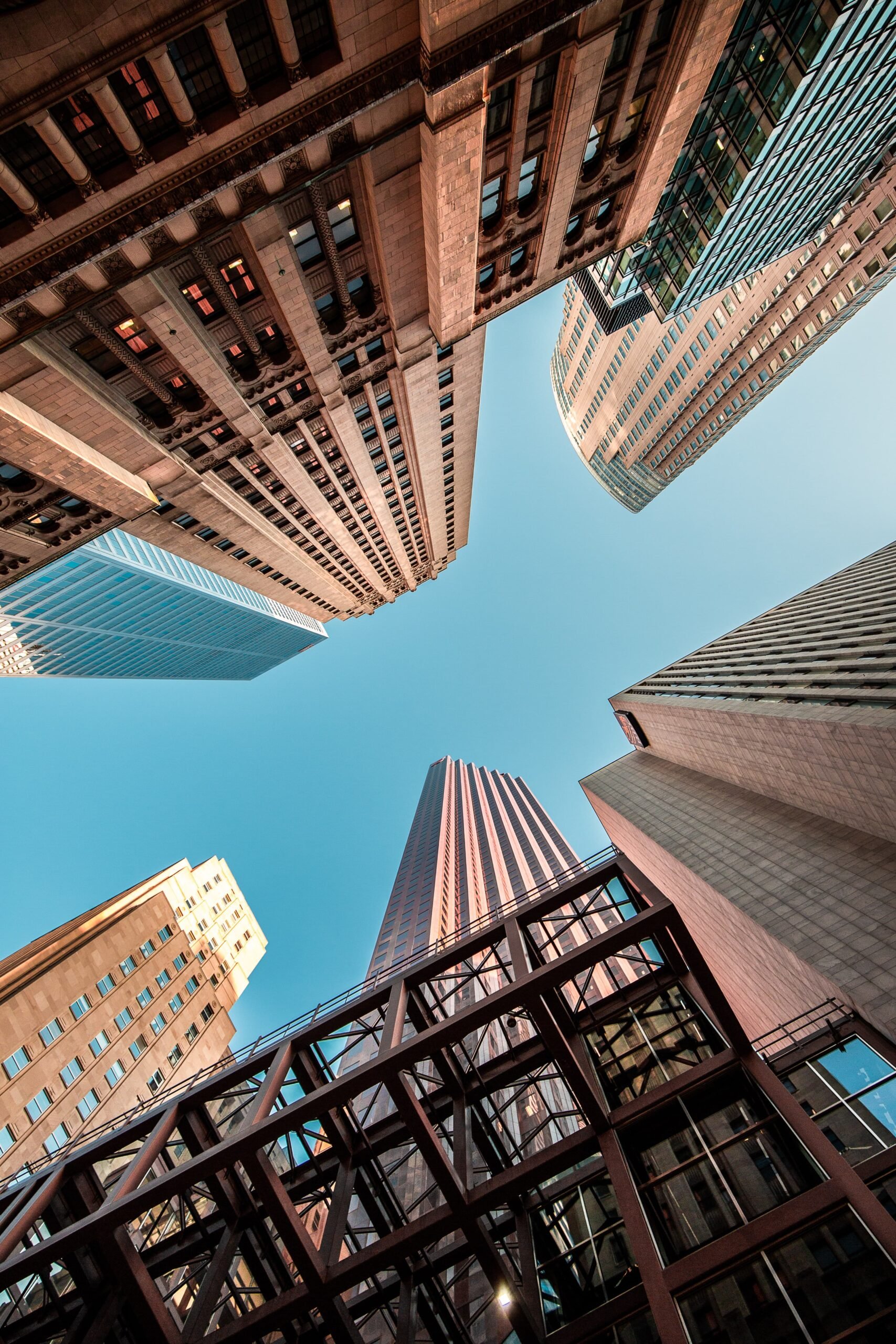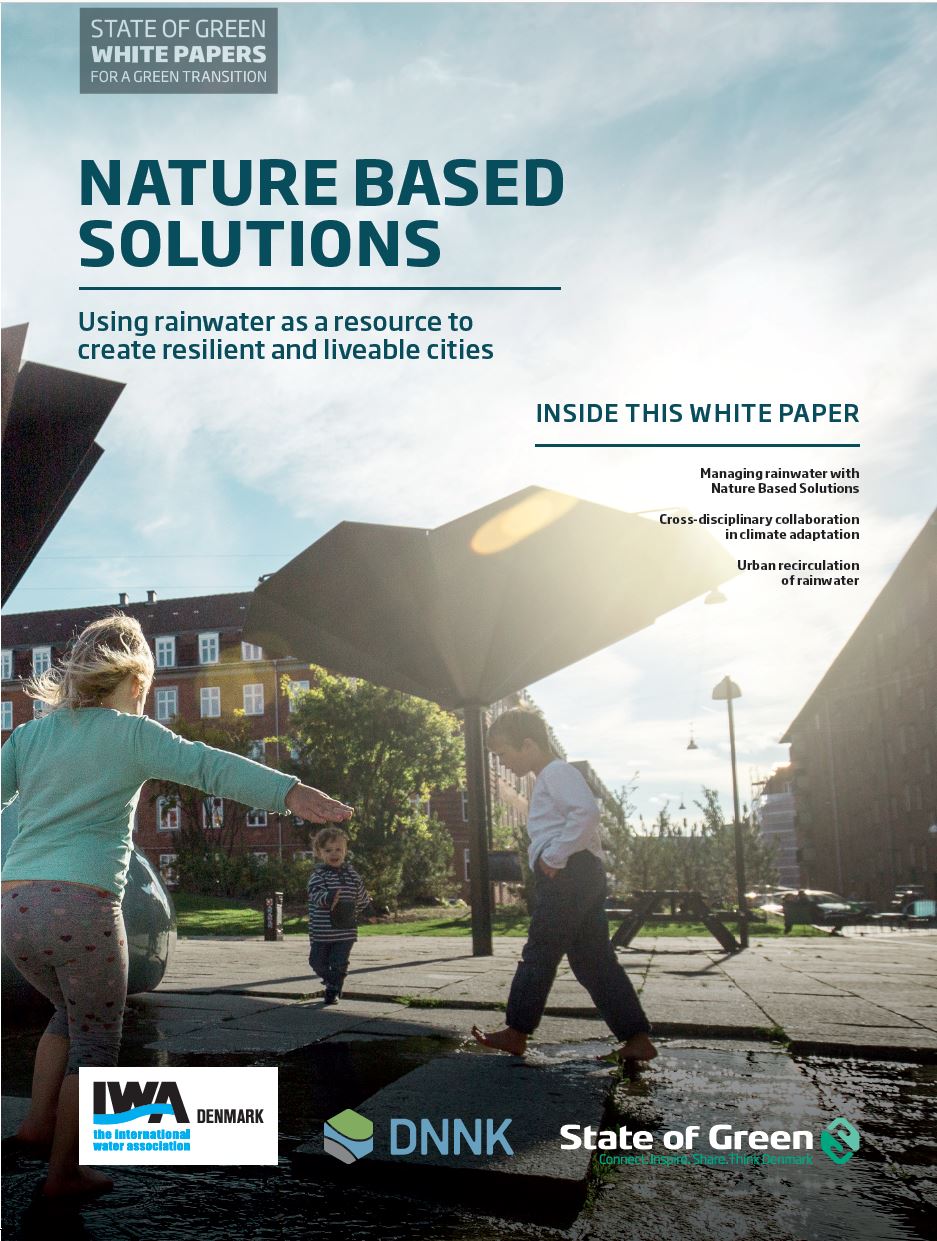Download our publication on nature-based solutions today
This article is part of our publication ‘Nature-based solutions’.
Download nowPerspective
Nature based solutions


Adapting to a changing climate with more frequent and more intense rain events also presents an opportunity to rethink urban development and gain greater value from investments. By maintaining a holistic view of the situation, the incorporation of various NbS can contribute to greener and more pleasant urban spaces with added benefits such as increased real estate values, increased biodiversity, increased traffic safety and additional recreational opportunities for the local residents.
Just a few decades ago, most cities in Denmark regarded rainwater as something to dispose of and hide in sewers – not as the valuable resource it actually is. Today the situation is quite different, as water is now recognised as an asset with enormous potential to enhance the daily lives of city dwellers. This also makes investments in climate change adaptation projects easier to justify to the public. While choosing an integrated approach may initially be more complex, as it involves a broad range of environmental, economic and social strategies, it is often more cost-efficient from an overall societal perspective.
While there is no global definition of what makes a city ‘liveable’, various international rankings of the world’s most liveable cities typically consider factors related to dimensions such as safety, healthcare, economic and educational resources, infrastructure, culture and environment. The best cities
manage to create synergies between these dimensions. When NbS projects are designed correctly, they can serve multiple functions beyond rainwater management and thereby play a key role in creating ‘the liveable city’.
This is also in line with theInternational Water Association’s ‘Principles for Water-Wise Cities’ which (among other things) focus on Water Sensitive Urban Design that not only reduces the risk of flooding, but also enhances liveability though the presence of ‘visible water’ in urban design. The key is long-term planning, as many projects are built to last for decades, or even longer.
When deciding upon which projects to implement, city planners and other decision makers need to consider what kind of city they want to have in fifty years from now on, as decisions made today will have a significant impact on the city’s urban structure for years to come. At the same time, there is a dawning understanding that the existing, expert-based service and the passive citizen role is no longer adequate. As described in chapter 3, broad stakeholder collaboration and involvement is needed.
When creating liveable cities, three consecutive challenges need to be addressed:

This article is part of our publication ‘Nature-based solutions’.
Download nowBy thinking of the multiple uses of rainwater, it is possible to create synergies from investments. In many cases, surface solutions with multiple functions are actually cheaper due to lower construction costs. However, assigning economic value to green or dual-purpose solutions and the positive
spillover effects from these compared to traditional basins or sewerage system expansions can sometimes be difficult.
In Denmark, there are no national guidelines for calculating the benefits and added values of green solutions that involve NbS elements with multipurpose functions. However, two different tools have been developed for this purpose. The first tool is a method for comparing expenses for building ‘grey’ vs. ‘green’ solutions.
The calculations in this method include the various types of costs (such as project planning, construction work, maintenance etc.), the frequency of each cost, who the cost bearer is and if there are any associated risks. Finally, it also takes into account parameters such as the durability of the solution, the environmental effect(s), aesthetic and recreational aspects as well as possible synergies with other planned construction projects.
The second tool is called ‘SPLASH’ (in Danish: PLASK) and has been made available free of charge by the Danish Environmental Protection Agency to help calculate the socio-economic consequences of specific climate adaptation measures in a local area. SPLASH calculates the size of investments needed to guard against a given rain event and reveals the economic gains from each suggested action on a long-term basis (e.g. the reduced costs of flooding damages).
The value of positive spillover effects such as increased green areas, reduced water consumption and increased CO2 absorption etc. is also included. Both tools are available online (in Danish only) and can be used by Danish urban water managers to help them plan and prioritise their efforts.
publications
Climate change adaptation
+11